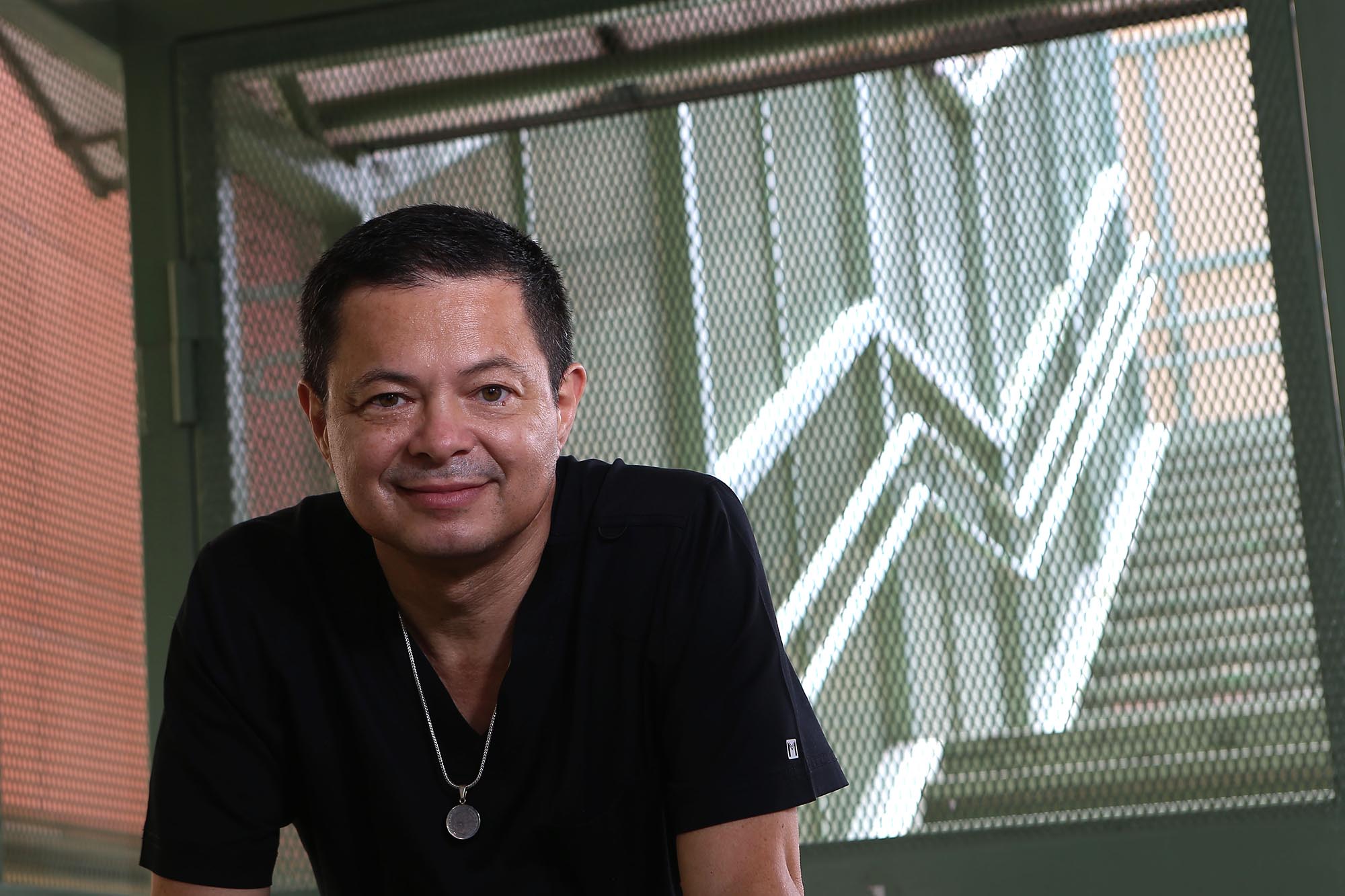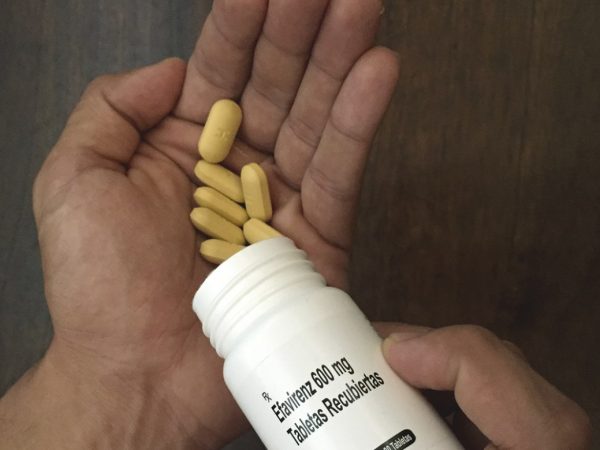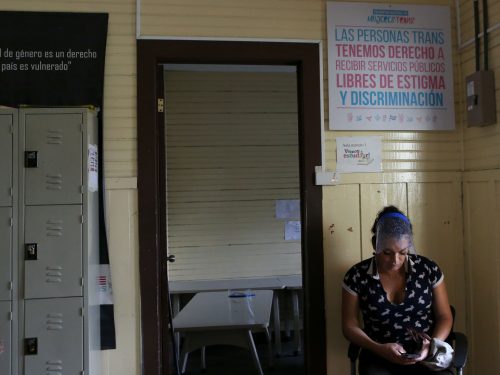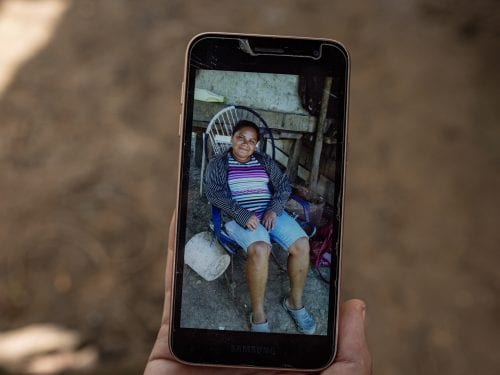
The first cases of HIV in Costa Rica were seen in 1983. When the world became aware of this epidemic, patients were being given vitamins and being treated for opportunistic infections related to HIV, such as pneumonia and tuberculosis, while facing a weakened immune system. Carriers generally died a year after their diagnosis.
Treatments for this virus have evolved into more robust medications with fewer adverse effects. With these advances, HIV went from being a deadly disease, without much hope, to one that people can live with and have quality of life.
At present, science continues to made advancements in developing new drugs, commented infectologist Antonio Solano Chinchilla, who directs Infectology Services at the Rafael Angel Calderon Guardia hospital. This center cares for about 3,000 people with HIV, almost a third of all those diagnosed in the country.
After almost four decades of living with HIV, what advancements have been made?
In the medical aspect, there have been significant advances. Before, patients were given a lot of pills. The famous HIV cocktail was terrible!
Currently they are being given a combination of three pills in one as a first-line medication and we are waiting for a new drug to arrive that would improve patient adherence (that is to say, it would allow virus carriers to have better control of the correct dose of the medications and the effect would be more effective), a fundamental aspect to keeping the viral load suppressed.
This product is marketed by the Pan American Health Organization (PAHO) and is called Dolutegravir. It is a single pill together with Tenofovir and Lamivudine (antiretrovirals to treat HIV infection). The arrival of this medication has been delayed due to COVID-19, which has complicated the dispatch of medicines, logistics and the supply of antiretrovirals in the world.
Can we be optimistic about the advancement of HIV in the medium and long term?
With HIV, we can be moderate optimists. The virus may not be eradicated, but a functional cure will come, which will better control the infection through a series of medications called neutralizers. The effect of this treatment would allow the person to keep going for a long time without the need for continuous treatment, like the current one. This could happen within a decade. The cure that we would like, the vaccine that eliminates the virus, that is going slower. It is a possibility further off .
There is also gene therapy, which is like giving the patient a transfusion of cells that prevent the HIV virus from accessing others, defend the body from viral entry, block it, and destroy it. However, I don’t think that there is a single treatment to cure HIV but rather, the interaction of medications with different mechanisms of action.
At the last International HIV Conference, it was said that more and more elderly people are being diagnosed with the virus …
It doesn’t even pass through the minds of some doctors that elderly people can have HIV. They do all kinds of tests and leave this test to the last, perhaps thinking that the patient no longer has sex at that age, but elderly people have a better chance now of having an active sex life.
It would be necessary to have prevention campaigns for this population and diagnose them as soon as possible to improve their quality of life.
In these decades, has the stigma and discrimination associated with the virus improved?
Situations persist that reflect ignorance about the reality of people with HIV. There is a lack of knowledge about patients whose viral load is non-communicable, which means that the presence of HIV in the blood is so low that it can’t be detected in a test. It doesn’t mean that the person is cured, but it does mean that antiretrovirals have reduced their viral load to very low levels. In these cases, the person with undetectable HIV can no longer transmit it to others. That changes their life. It makes it so they no longer feel like an entity capable of harming others.
There is less discrimination, but you still hear ignorant comments and cases of people who wer fired for having HIV. Of course, they don’t say so openly, but they hide behind the so-called “personnel reorganization,” for example.
A UNAIDS survey of 2,300 people with HIV in Latin America concluded that 8 out of 10 have a medium or high risk of contracting COVID-19. Are these patients more susceptible to the novel coronavirus?
No. So far, it hasn’t been demonstrated that HIV patients are more vulnerable to COVID-19.
The World Health Organization (WHO) and the Joint United Nations Program on HIV / AIDS (UNAIDS) have emphasized this: there is no increased risk of infection as long as they are not immunosuppressed and have a good count of CD4 cells (lymphocytes or cells that are housed in the marrow, which help the immune system fight infections).
Risk factors for COVID-19 are obesity, high blood pressure, and diabetes. If a person has HIV, is elderly and has any of these comorbidities (when two or more diseases coexist in the same person), then they are more vulnerable.
What guidelines should a person with HIV who also suffers from other conditions follow?
People with HIV, like anyone else, must be strict in hand hygiene, using masks and in keeping physical distance from other people. It is advisable to be up-to-date on flu, pneumonia and all possible vaccines. In the case of those with comorbidities, they should continue their treatments to avoid complications of the inflammatory response to the COVID-19 virus.
What consequences could the interruption of their antiretroviral therapy have on patients?
It depends on the medication the patient takes. If the person is prescribed Efavirenz (a pharmaceutical drug used to prevent HIV carriers from developing AIDS) and takes it intermittently — forgetting three times a month, for example — they run the risk of virus mutations. It must be taken into consideration that everything depends on the level of CD4 cells (lymphocytes) with which the treatment was started. If they started with a very low level, they could relapse into the disease.







Comments